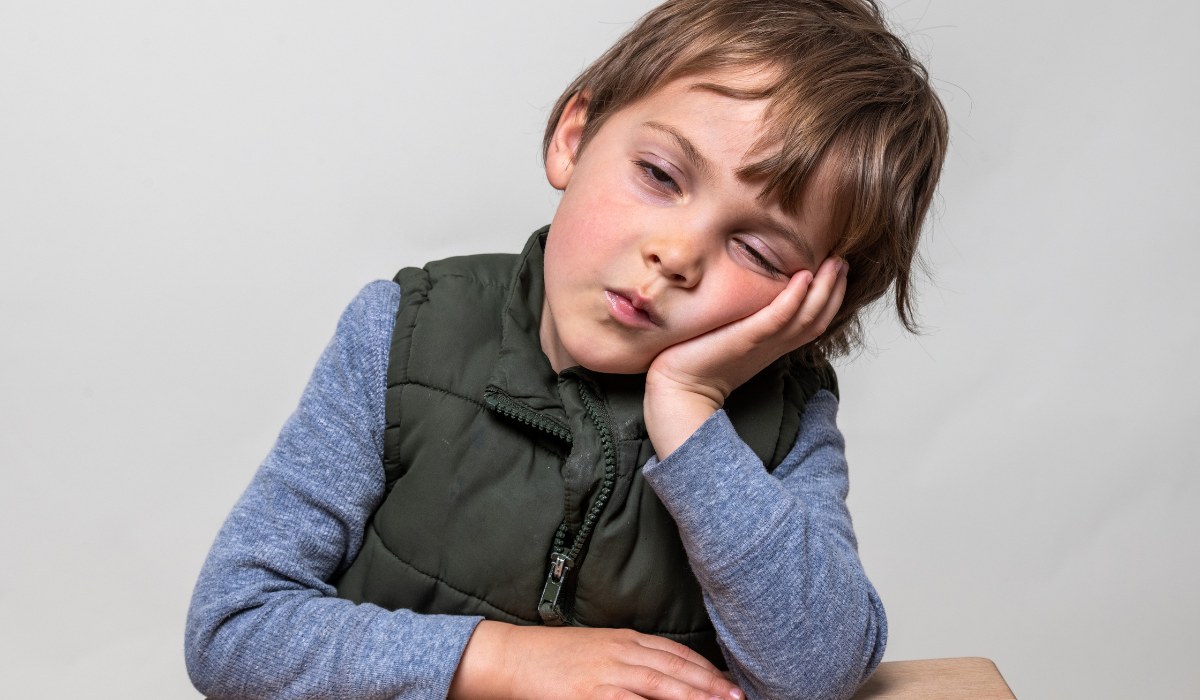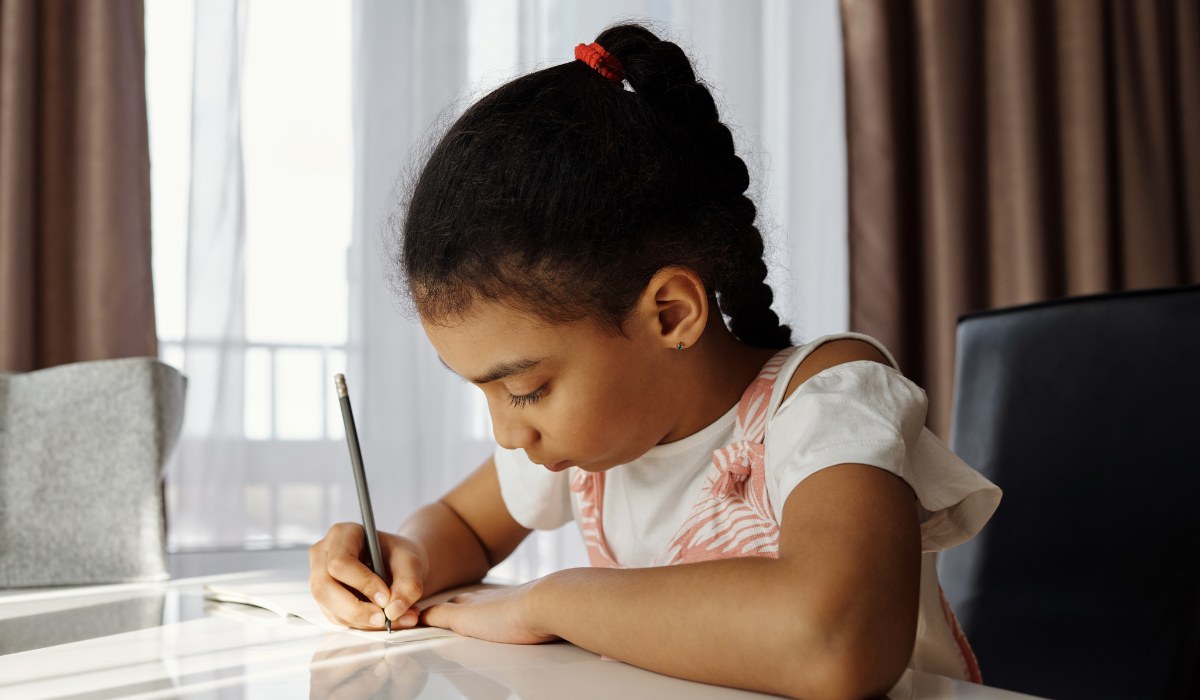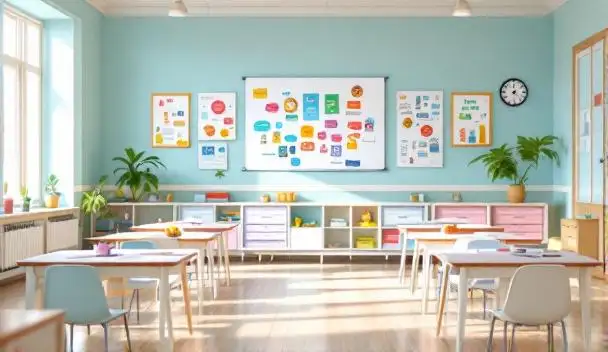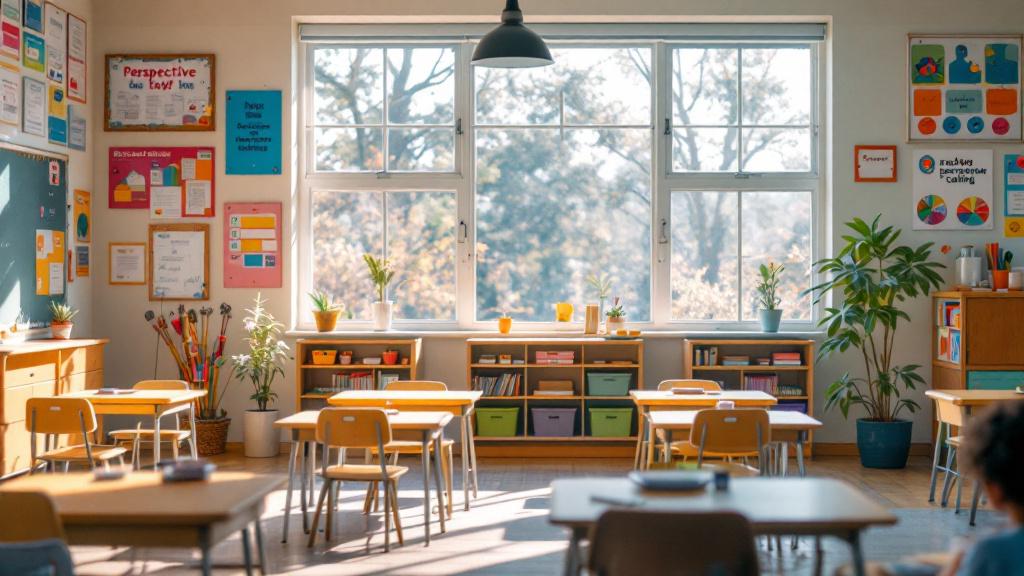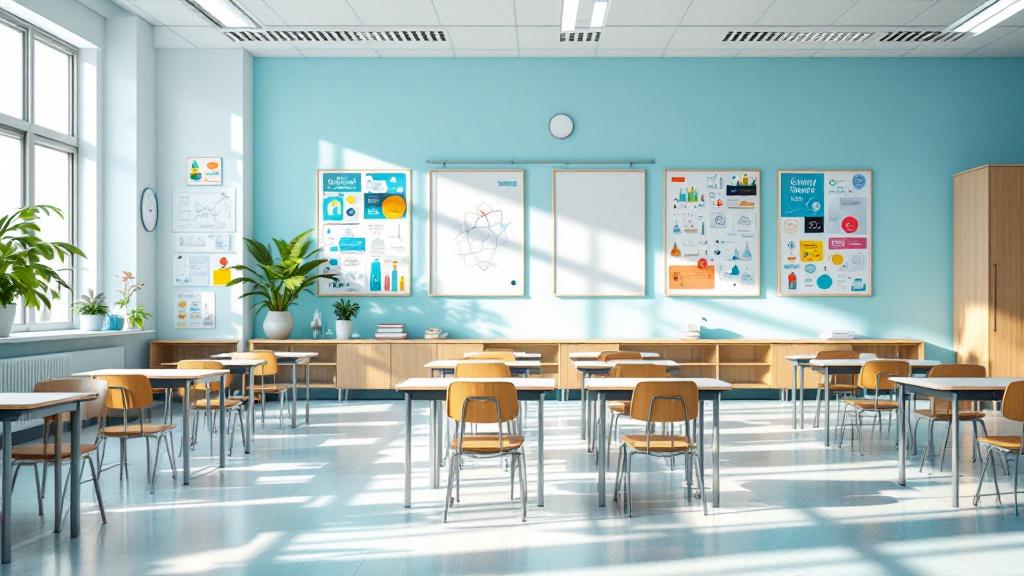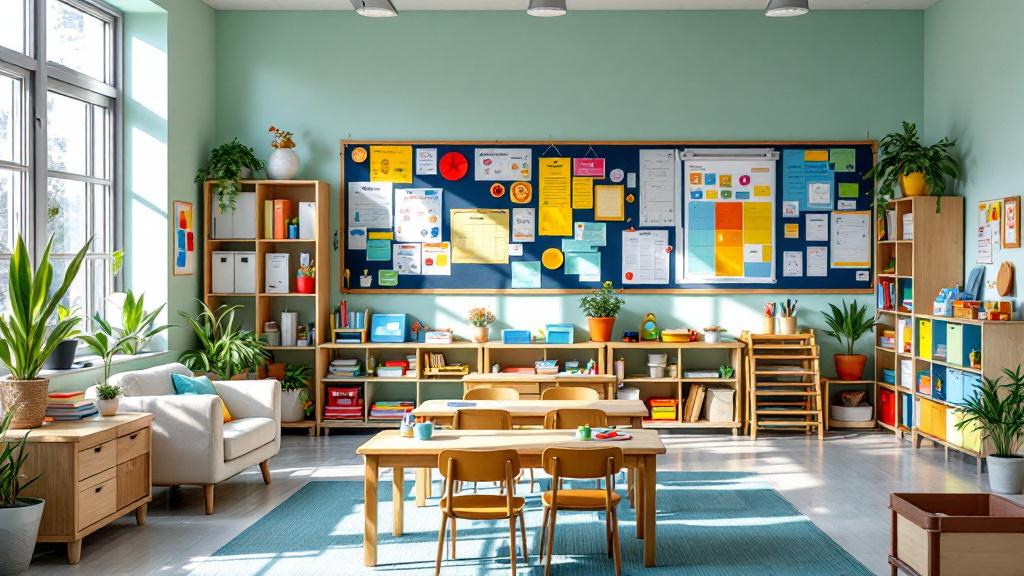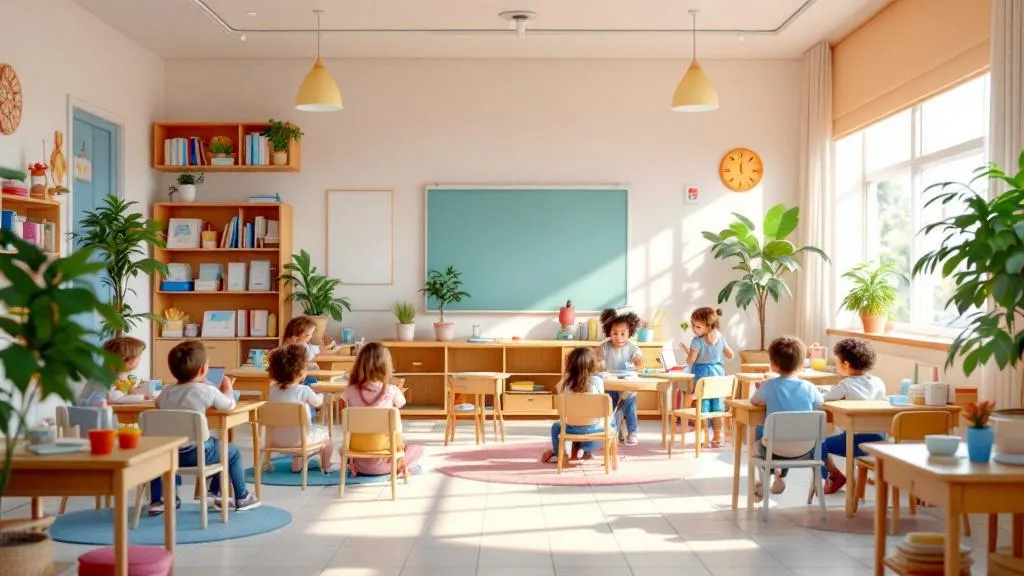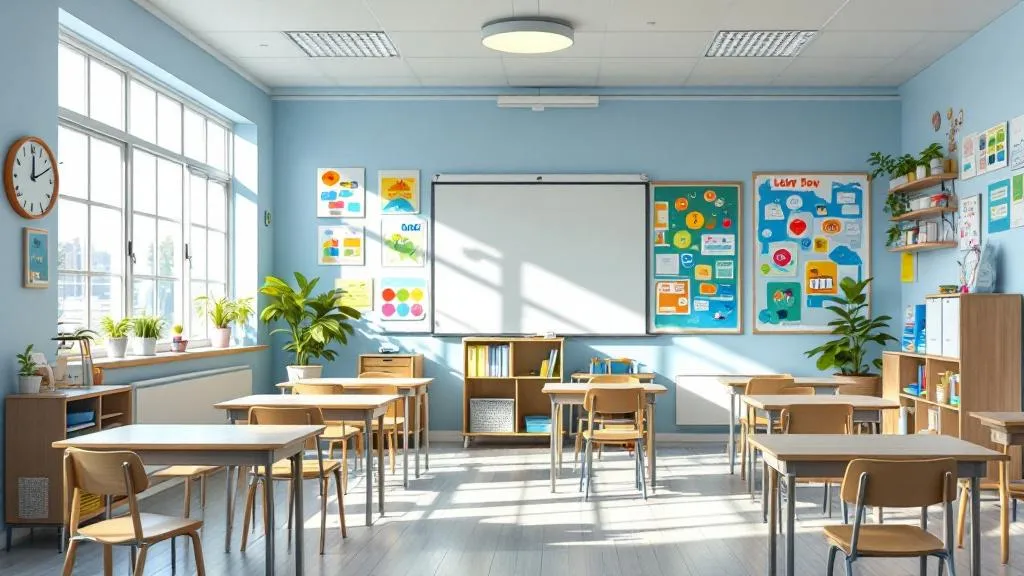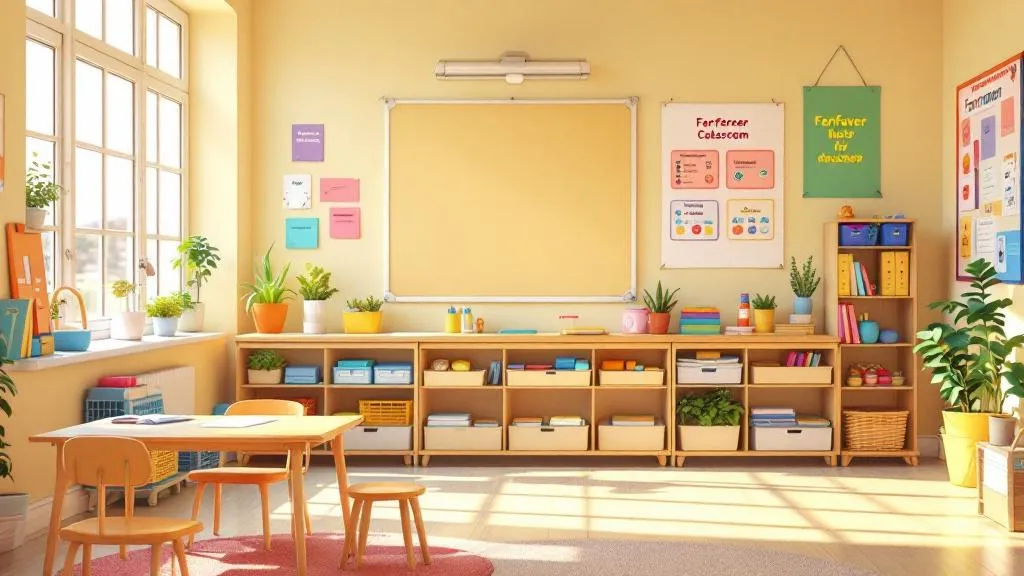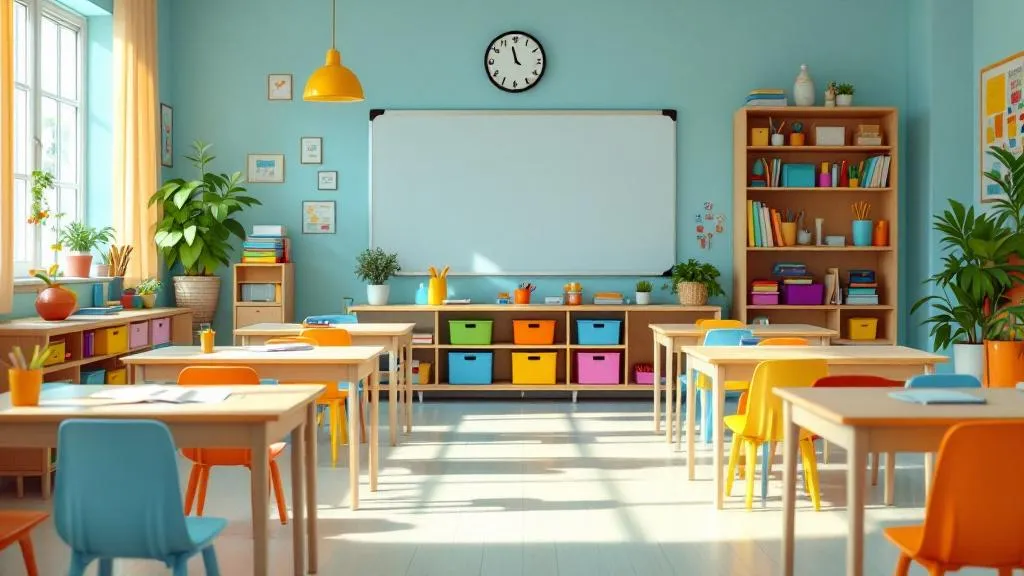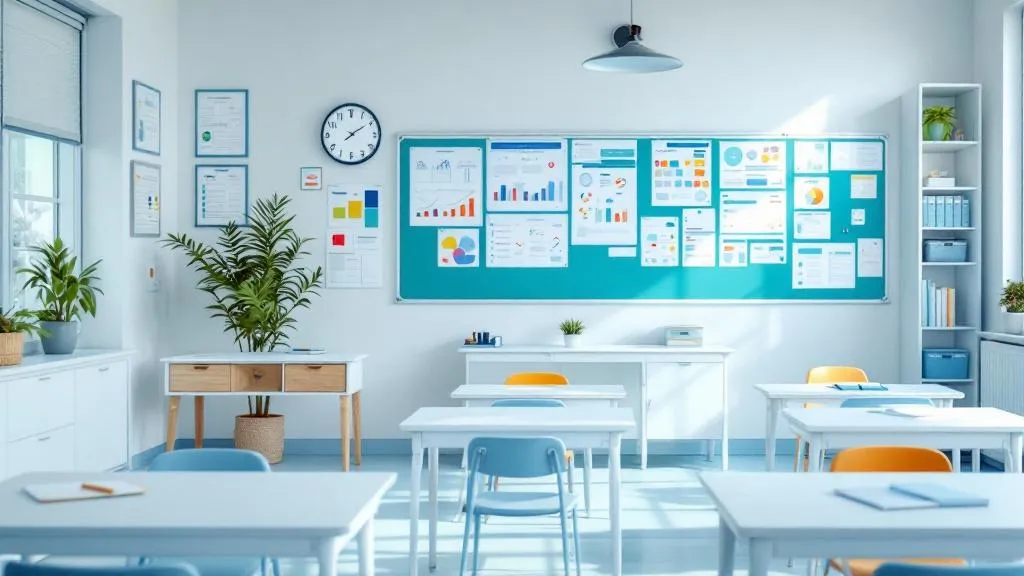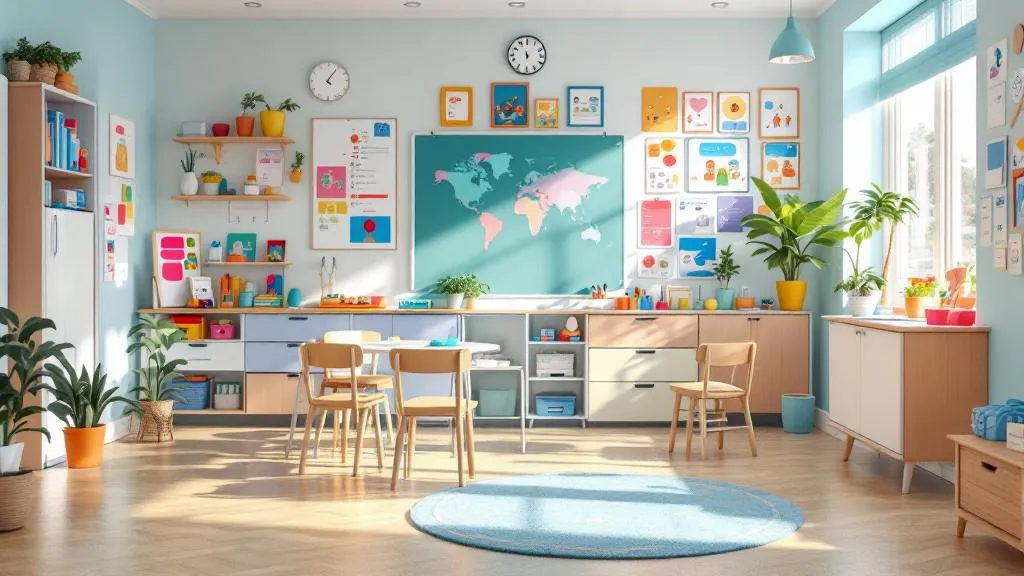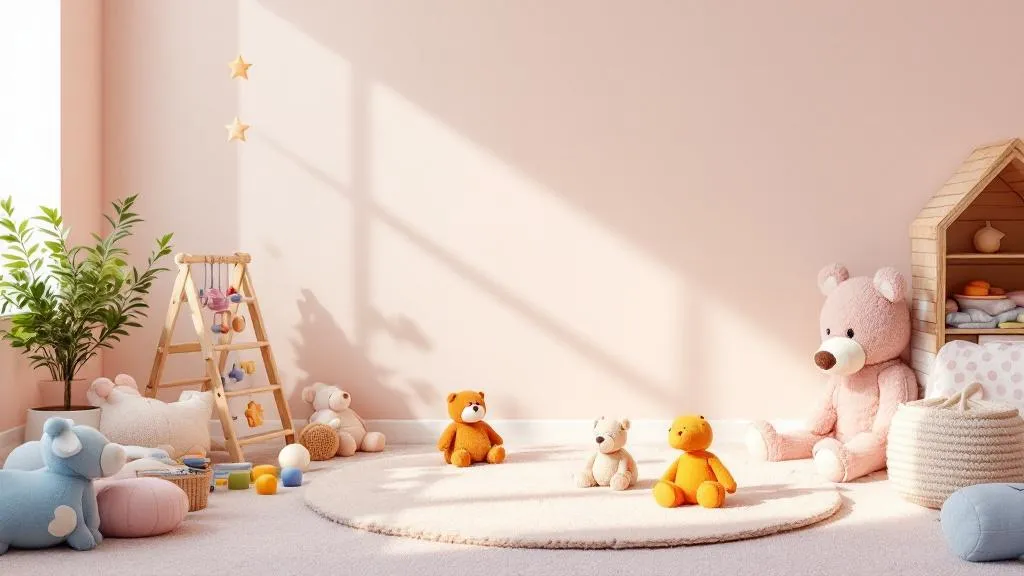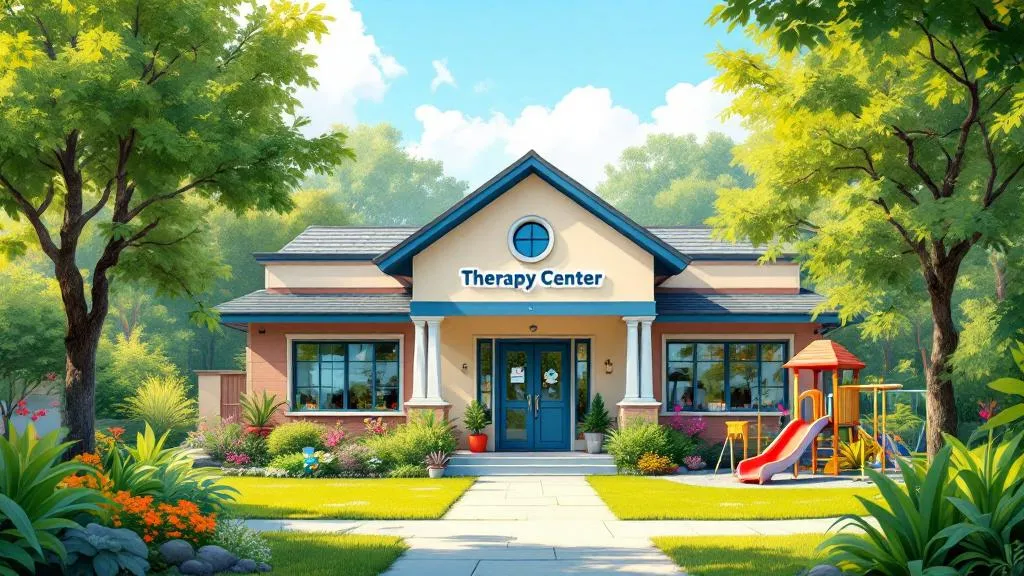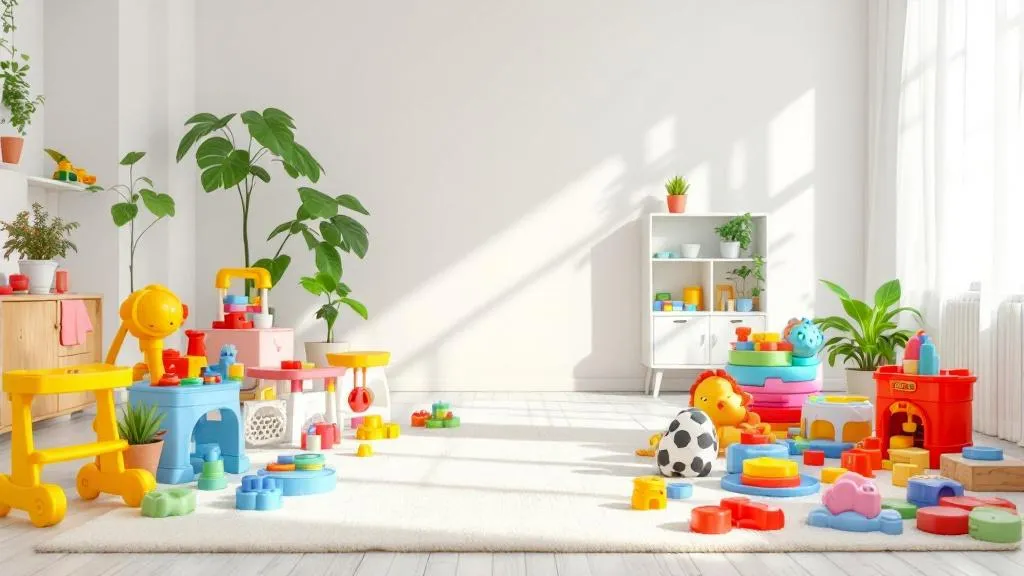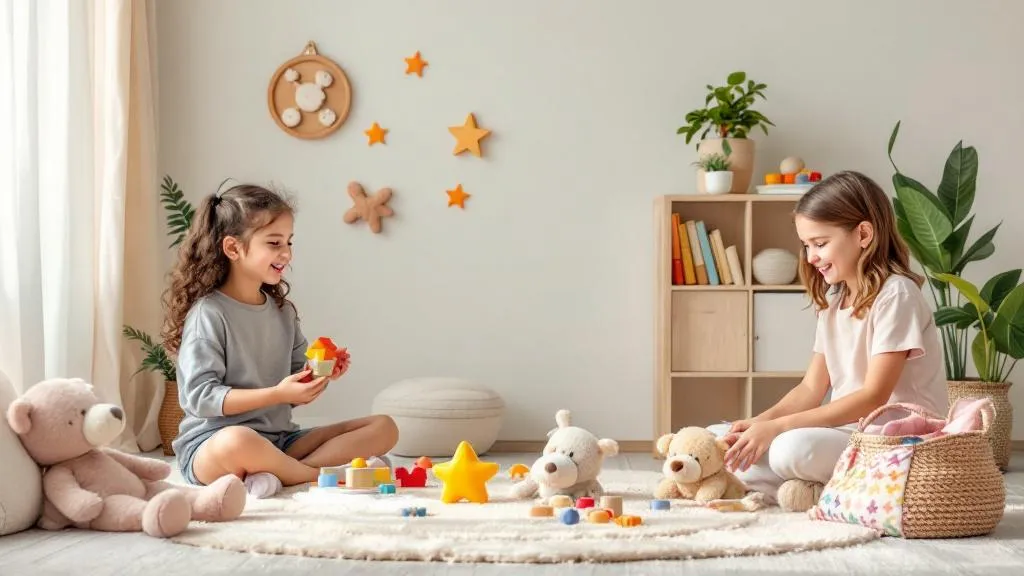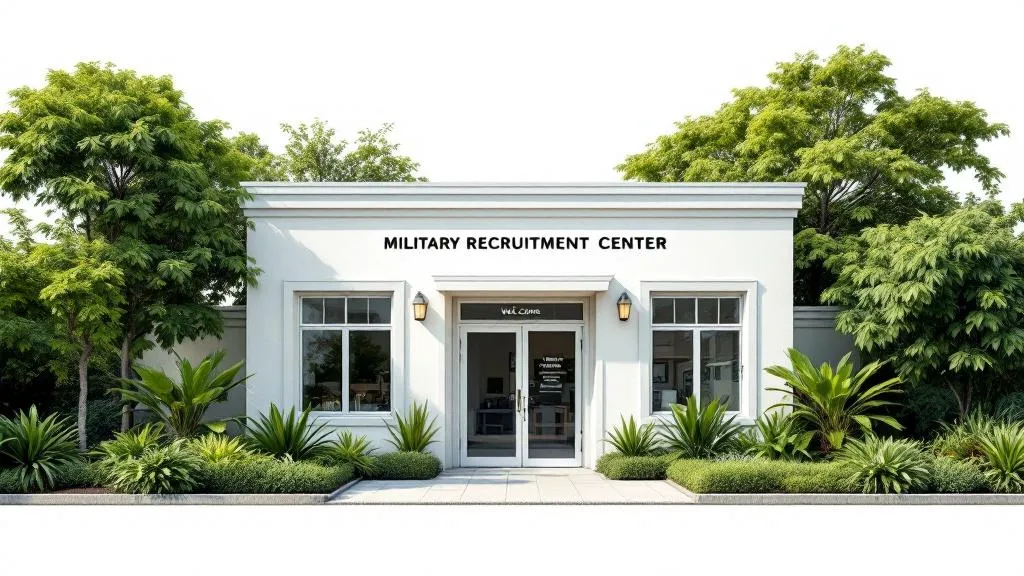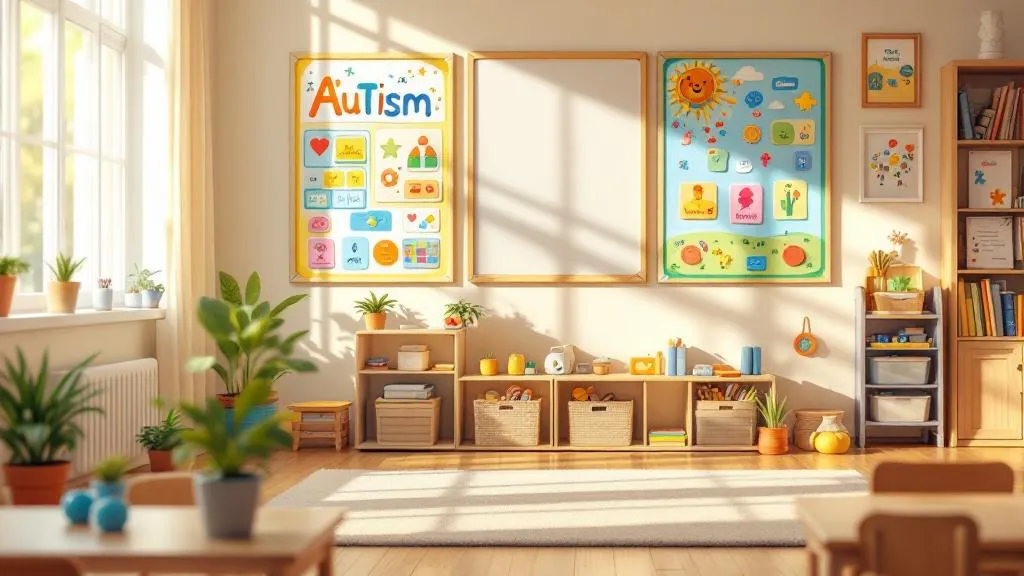How to write effective behavior goals
Mastering the Art of Behavioral Goal Setting in Education and Beyond
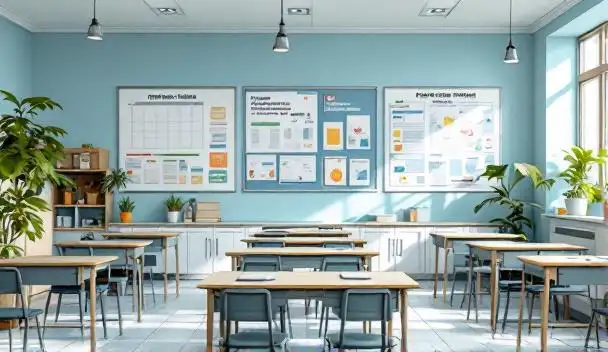
Unlocking the Power of Effective Behavior Goals
Setting effective behavior goals is a fundamental skill that can dramatically improve educational outcomes, foster positive social behaviors, and enhance long-term success for students. This article explores best practices, characteristics, and strategies for crafting meaningful, measurable, and actionable behavioral goals, ensuring alignment with individual needs and broader educational standards.
Understanding the Nature of Behavioral Goals
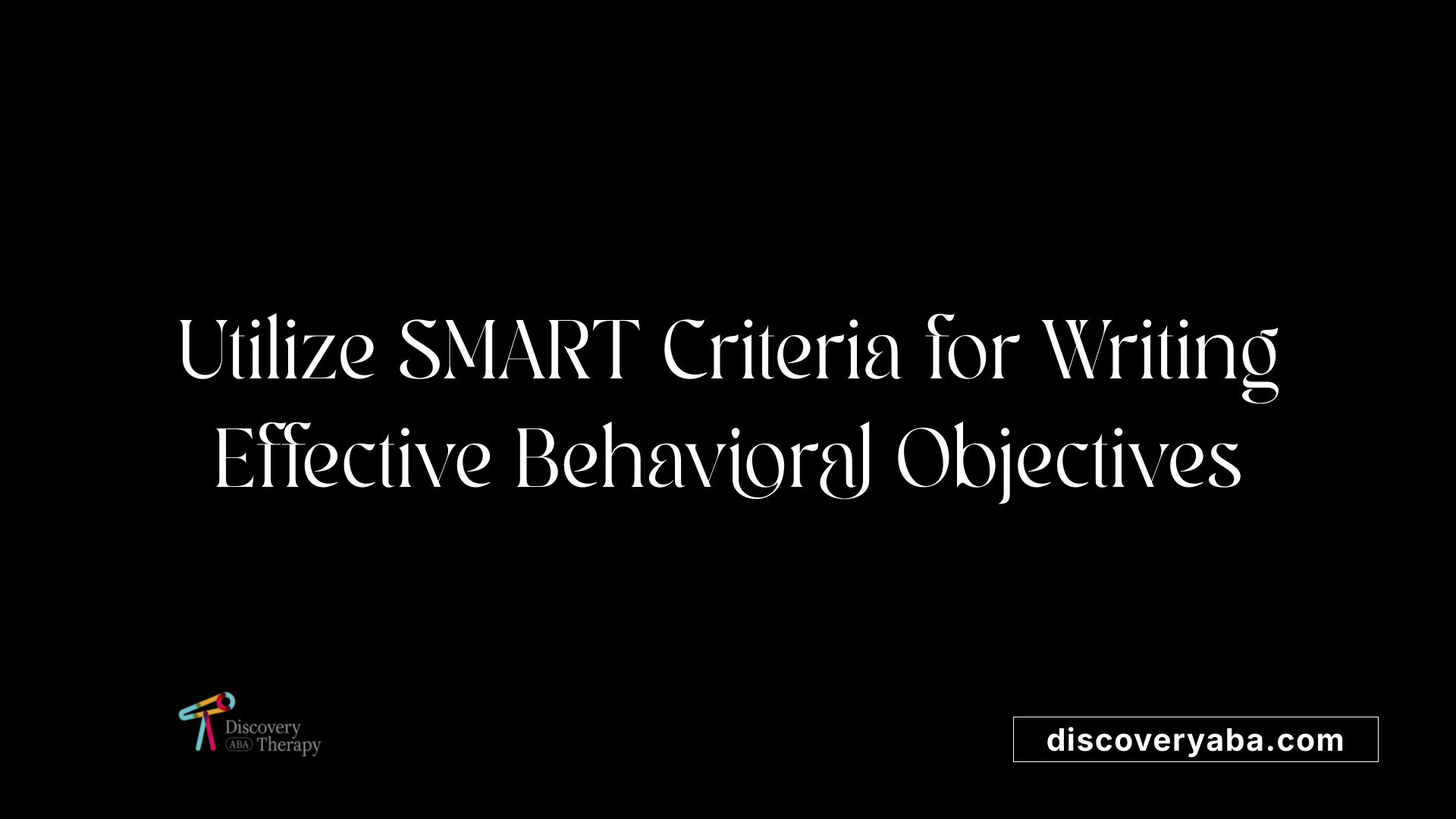
What are behavioral goals and how can they be effectively written?
Behavioral goals are precise, observable actions or skills that a student is working to develop or strengthen. Unlike broad or vague objectives, effective behavioral goals explicitly state what the student will do, using clear and measurable criteria. For example, instead of saying "improve social skills," a behavioral goal might specify, "initiate a conversation with peers independently at least three times per day."
To craft these goals effectively, educators should follow the SMART framework—making goals specific, measurable, achievable, relevant, and time-bound. This involves identifying concrete behaviors, setting achievable criteria for success, and establishing realistic timelines. Regular data collection methods, such as direct observations, permanent products, or structured checklists, are essential for tracking progress objectively.
Goals should focus on teaching replacement behaviors that promote positive social and functional skills. They need to be relevant to the student's individual needs, often derived from a Functional Behavior Assessment (FBA). For example, if a student exhibits disruptive behaviors due to attention-seeking, a goal may focus on teaching appropriate ways to request attention.
Moreover, behavioral goals should be revisited and adapted as the student progresses. Consistent monitoring and collaboration with the student and their family help ensure the goals remain relevant and attainable. By doing so, educators create a supportive pathway for students to achieve meaningful, sustainable improvements that prepare them for real-world situations and post-school success.
Overall, well-designed behavioral goals serve as effective guides in both instructional planning and behavioral intervention, fostering growth in social, academic, and adaptive skills.
Characteristics of Effective Behavior Goals
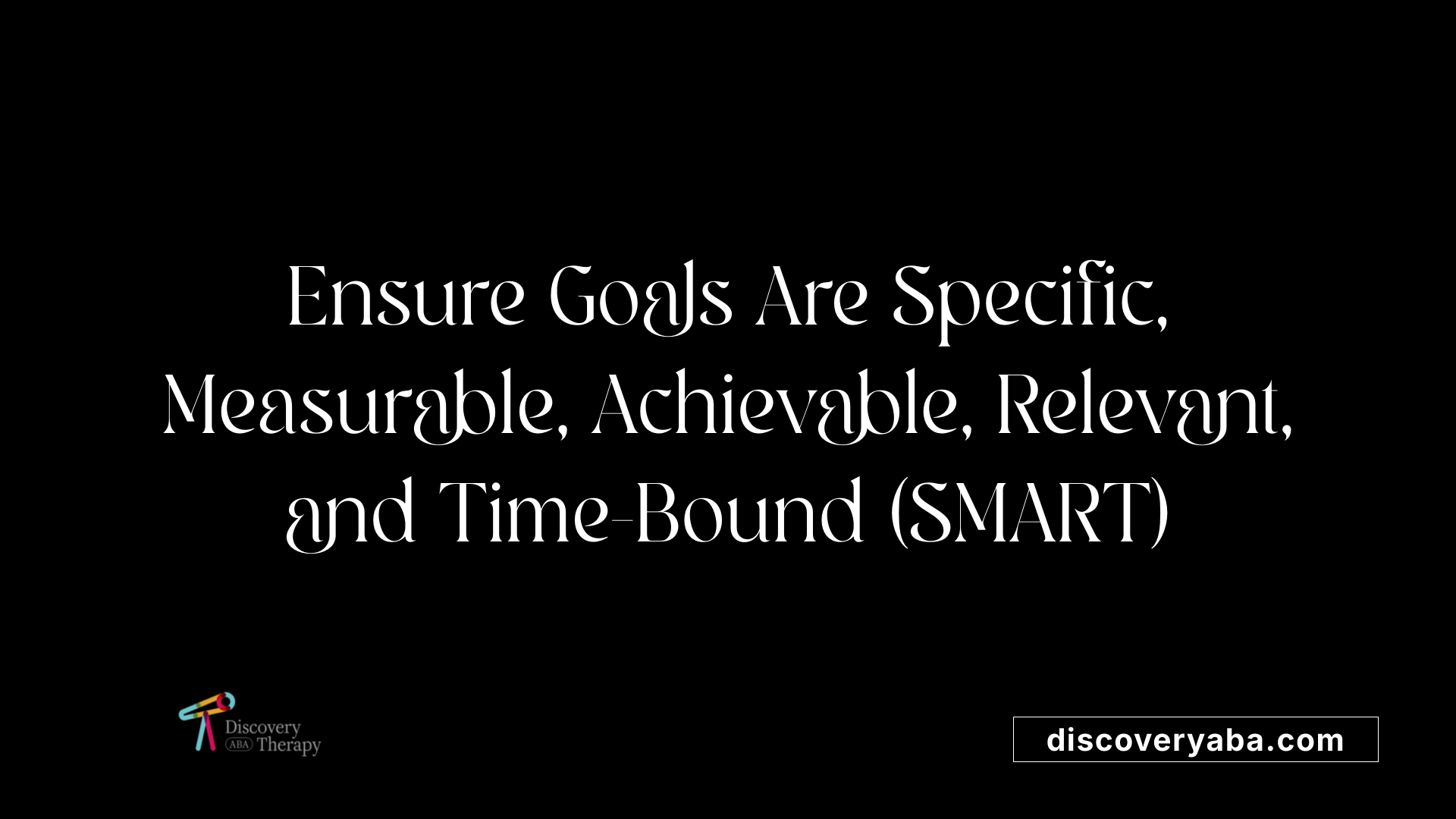
Specificity and clarity
Effective behavior goals are clear and precise, focusing on specific behaviors rather than vague intentions. For example, instead of stating ‘improve participation,’ a well-defined goal might be ‘raise hand and contribute at least three times during each class.’ Clear goals help students understand exactly what is expected and enable teachers to measure progress accurately.
Measurability and operability
A good behavior goal is measurable, meaning it includes criteria that can be observed and quantified. Using operational definitions ensures that everyone involved understands what constitutes successful performance. For instance, measuring the number of successful peer conflicts managed independently or counting tokens earned during a session provides concrete evidence of progress.
Realism and attainability
Goals should be realistic, considering the student’s current abilities and learning pace. Setting overly ambitious objectives can lead to frustration, while too easy targets may not promote growth. Appropriate mastery levels ensure that students are challenged yet capable of achieving success with effort and support.
Relevance and social significance
Behavioral goals should have meaningful connections to real-life situations, promoting skills that contribute to the student’s independence and success beyond the classroom. For example, goals related to managing conflicts or requesting breaks directly support daily living and post-school outcomes.
Time-bound nature
Effective goals include a clear time frame, which helps in tracking and motivating progress. For example, a goal like ‘manage peer conflicts independently in 4 out of 5 opportunities over a month’ provides a deadline for achievement, facilitating consistent monitoring and adjustments as needed.
What are the characteristics of effective goals, such as SMART goals?
Effective goals possess specific characteristics that ensure they are clear, realistic, and actionable. Using the SMART framework—Specific, Measurable, Achievable, Relevant, and Time-bound—helps define objectives that are well-structured and focused. Clarity in goal setting promotes better understanding and commitment among stakeholders, while realism ensures the goals are feasible within available resources and constraints. Incorporating a clear timeline facilitates progress tracking and timely adjustments, enhancing motivation and accountability. Additionally, aligning goals with broader organizational or personal values ensures relevance and a greater likelihood of sustained effort and achievement.
Data Collection and Progress Monitoring
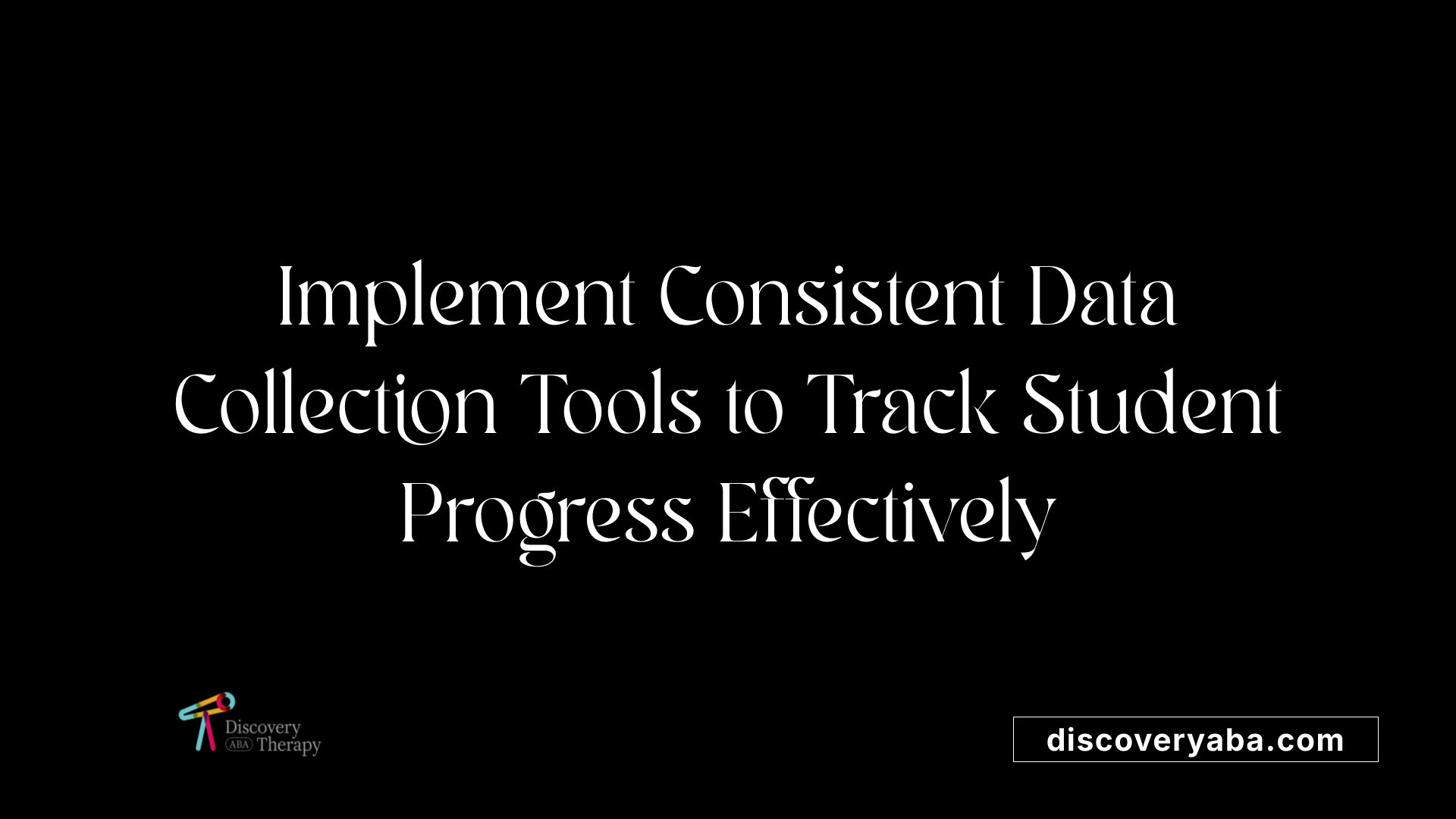
Methods for data collection
Effective progress monitoring begins with choosing the right methods for data collection. Common approaches include structured observations, which involve systematically recording specific behaviors as they occur, and permanent products, such as completed assignments or artifacts that demonstrate skill mastery. Additionally, qualitative measures like descriptive notes and checklists can provide depth and context to observed behaviors. These tools should be straightforward to implement and tailored to the targeted behaviors, ensuring data accuracy and consistency.
Importance of operational definitions
Clear, operational definitions are essential for reliable data collection. They specify exactly what the behavior looks like, eliminating ambiguity and enabling consistent measurement across different observers or settings. For example, defining a "peer conflict" as "any verbal disagreement resolved through negotiation" ensures everyone records the behavior uniformly. Precise definitions support the accuracy of progress monitoring and help evaluate whether behavioral goals are being met.
Frequency of monitoring
Monitoring should be frequent enough to capture meaningful progress without overwhelming staff or students. Daily or weekly data collection allows for timely adjustments and keeps goal attainment on track. For instance, recording the number of independent task initiations each class period provides immediate feedback for instruction adjustments. The chosen frequency depends on the target behavior, setting, and individual student needs.
Criteria for mastery
Goals should include achievable, measurable mastery criteria that reflect real progress. Mastery levels should be set based on individual student capabilities but also aligned with developmental norms and expectations. For example, a goal might specify that a student will manage peer conflicts independently in 4 out of 5 opportunities, or earn all tokens during a session, demonstrating consistent skill application. Adjusting these criteria over time ensures goals remain challenging yet attainable, fostering sustainable progress.
Linking Goals to Functional Behavior Assessments (FBAs)

What are best practices for creating behavioral goals for IEPs?
Developing effective behavioral goals for Individualized Education Programs (IEPs) hinges on a deep understanding of the student's unique needs derived from a comprehensive Functional Behavior Assessment (FBA). When creating these goals, best practices emphasize the importance of basing them on FBA data, which provides insights into the underlying functions of behaviors, contextual factors, and environmental influences.
Goals should be tailored to target specific skill deficits and leverage the student’s strengths. For example, if data shows that a student struggles with initiating communication, the goal could focus on improving this particular skill through structured interventions. This ensures that objectives are relevant and directly address areas of need.
A fundamental principle in goal setting is the focus on teaching replacement behaviors that serve the same function as problematic behaviors but are more socially appropriate and functional. If a student engages in disruptive outbursts to escape tasks, a goal might be to teach them to request a break appropriately.
Goals must be clear, measurable, and observable, with operational definitions that facilitate precise data collection. For instance,
Crafting Goals for Different Behavioral Domains
What are examples of well-written behavioral goals?
Well-constructed behavioral goals are specific, measurable, and focus on the actual behavior the student is expected to demonstrate. For instance, instead of vague goals like "Be more organized," a clearer goal would be "Maintain an organized desk by filing papers and supplies by the end of each school week." In the context of personal habits, goals like "Eat breakfast every day," "Work out three times each week," and "Get seven to nine hours of sleep each night" serve as straightforward, action-oriented objectives that are within the individual's control and easy to monitor.
Adaptive behavior skills
In educational settings, adaptive behavior skills are essential for student independence. Goals in this area focus on functional skills such as managing conflicts, initiating tasks, requesting breaks, and following routines. For example, a goal could be: "The student will independently request a break using a designated signal in 4 out of 5 opportunities."
Self-regulation and coping skills
Developing self-regulation involves teaching students to manage their emotions and reactions effectively. An example of a goal here might be: "The student will use a calm-down strategy, such as deep breathing or counting to ten, during 3 out of 4 incidents of frustration or anger as observed during classroom activities."
Classroom participation and work completion
Goals in this domain aim to foster active engagement and timely completion of tasks. For example: "The student will complete all assigned tasks during class and earn at least four out of five tokens for participation and effort each day." This encourages students to develop consistent work habits and enhances their contribution to classroom learning.
| Domain | Sample Goal | Specific Skills/Criteria | Measurement Method |
|---|---|---|---|
| Adaptive behavior skills | Use a designated signal to request breaks 80% of the time | Requesting help or breaks independently | Observation and data tracking |
| Self-regulation and coping | Use calming strategies during 3 out of 4 episodes of frustration | Managing emotions, using coping skills effectively | Structured observation and anecdotal data |
| Classroom participation | Complete 90% of daily assignments and earn participation tokens | Engagement, task completion, participation | Permanent products and token count |
When setting these goals, it’s crucial to ensure they are realistic and tailored to the individual student's learning pace. Goals should be linked back to data gathered during the Functional Behavior Assessment (FBA), such as skill deficits, behavior timing, and the context of behaviors. This connection helps create meaningful and achievable objectives that promote success across different environments, ensuring generalization of skills.
Effective behavior goals also include strategies for teaching and reinforcement, focusing on what the student will do rather than what they won’t do. Frequent monitoring through objective tools such as structured observations, permanents products, and qualitative measures ensures progress is measurable and adjustments can be made as needed. When combined, these principles promote success and foster the development of essential skills that support long-term independence and positive social behavior.
Strategies for Enhancing Goal Attainment and Sustainability
Support strategies and accommodations
Implementing effective strategies and accommodations is essential for making behavioral goals achievable and sustainable. These may include providing visual supports, modeling behaviors, and offering prompts or cues to reinforce desired actions. Accommodations such as breaks, flexible schedules, or sensory tools can help create an environment conducive to learning and behavior change. Consistent use of support strategies ensures the student can practice skills across settings, promoting generalization.
Collaboration with family and staff
Successful behavioral goal implementation relies on collaboration among educators, staff, and families. Sharing data, discussing progress, and exchanging strategies help maintain consistency and reinforce positive behaviors. Regular meetings and communication facilitate adjustments to goals and supports, aligning efforts at school and home. Family involvement, in particular, promotes carryover of skills and behavior improvements outside of the educational setting.
Regular review and adjustment of goals
Frequent monitoring of student progress is vital. Data collection methods—such as structured observations and permanent products—provide objective insights into whether the student is meeting mastery criteria. Based on these data, goals and strategies should be reviewed and adjusted as needed to ensure they remain realistic and challenging. This adaptive process helps sustain motivation and promotes continuous growth.
Teaching prosocial replacement behaviors
An effective approach focuses on teaching students alternative, prosocial behaviors that serve as functional replacements for maladaptive actions. For example, teaching a student to use calming strategies instead of aggressive outbursts, or to request a break instead of refusing tasks. These replacement behaviors are explicitly taught, reinforced, and linked to the identified functions of challenging behaviors.
Ensuring progress and generalization
To support the lasting impact of behavioral goals, strategies should promote skill transfer across environments. Behavior goals need to be portable, meaning they can be applied in different settings—classroom, home, community—to foster consistency. This is achieved by aligning instruction and reinforcement across contexts and involving all stakeholders.
| Strategy | Focus | Implementation Tips | Expected Outcomes |
|---|---|---|---|
| Visual supports | Clarify expectations | Use pictures, charts, or checklists | Increased independence and reduced errors |
| Data tracking | Monitor progress | Use tools suitable for the student's level | Objective evidence of improvement |
| Family collaboration | Reinforce skills at home | Share strategies, provide training | Skill generalization beyond school |
| Prosocial teaching | Teach replacement behaviors | Use role-play and modeling | Fewer disruptive behaviors |
| Regular reviews | Adjust goals | Schedule consistent check-ins | Goals stay relevant and motivating |
By integrating these strategies, educators and families can foster sustainable progress. The focus on observable, measurable behaviors, combined with collaborative and adaptive approaches, supports the student’s development both academically and socially.
Implications for Practice and Policy in Behavioral Goal Setting
How can I improve my skills in writing behavioral goals?
Enhancing your ability to craft effective behavioral goals involves a combination of understanding theoretical frameworks and applying practical strategies. First, familiarize yourself with evidence-based models such as SMART—making goals specific, measurable, achievable, relevant, and time-bound. This structure ensures your objectives are clear and attainable.
Practice by reviewing a variety of sample goals, especially those aligned with behavior analysis principles, to identify key components and language. Seek feedback from colleagues or supervisors to refine your approach continually. Incorporating the Behavior Goal Scaling process—assessing current performance, setting short-term targets, and planning for generalization—can help in creating comprehensive and realistic goals.
Involving students and their families in the goal-setting process boosts engagement, promotes self-advocacy, and ensures the objectives are meaningful and tailored to individual needs. This collaborative approach fosters commitment and enhances the potential for success.
Utilize resources such as curated lists of behavioral objectives and data collection tools that detail measurable criteria. These resources aid in developing goals that are precise, observable, and based on thorough Functional Behavior Assessments (FBAs).
In the broader context, policies emphasizing the importance of data-driven, inclusive, and meaningful goal setting enhance the quality of instructional planning. Professional development programs should focus on training educators and parents in evidence-based strategies, emphasizing the importance of positive reinforcement, social validity, and generalization across settings.
There are various strategies for continuous improvement, including ongoing training, peer collaboration, and using technological tools for tracking progress. By aligning practice with current policies and utilizing best practices, educators can ensure goals are not just well-crafted but also effectively implemented to promote student success.
Final Thoughts on Effective Behavior Goal Writing
Mastering the skill of writing effective behavioral goals requires a comprehensive understanding of their characteristics, thorough assessment of student needs, and the use of strategic, evidence-based frameworks like SMART. By focusing on specific, observable, and measurable behaviors, educators and practitioners can craft goals that are not only realistic and attainable but also meaningful and generalizable across settings. Continuous review, collaboration with families and students, and adherence to best practices are essential to ensure these goals support positive behavioral change and promote student success. Through deliberate effort and ongoing professional development, educators can enhance their ability to develop and implement behavior goals that truly make a difference.
References
- [PDF] Process and Standards for Writing Behavioral IEP Goals
- [PDF] Writing Meaningful and Measurable Social/Behavior Goals
- Behavior Goals for an IEP: 101 Examples incl. Adaptive Behavior ...
- Examples of Behavioral Goals to Achieve Your Career Objectives
- How to Write Effective Behavior IEP Goals
- 100+ Social-Emotional Skills IEP Goals [The Complete List]
- 60 Following Directions IEP Goals | Life Skills Advocate
- Behavior Goals for an IEP: 101 Examples incl. Adaptive Behavior ...
- [PDF] Process and Standards for Writing Behavioral IEP Goals
- [PDF] Writing Meaningful and Measurable Social/Behavior Goals
Does Your Child Have An Autism Diagnosis?
Learn More About How ABA Therapy Can Help
Find More Articles
Contact us
North Carolina, Nevada, Utah, Virginia
New Hampshire, Maine
Arizona, Colorado, Georgia, New Mexico, Oklahoma, Texas
.avif)


